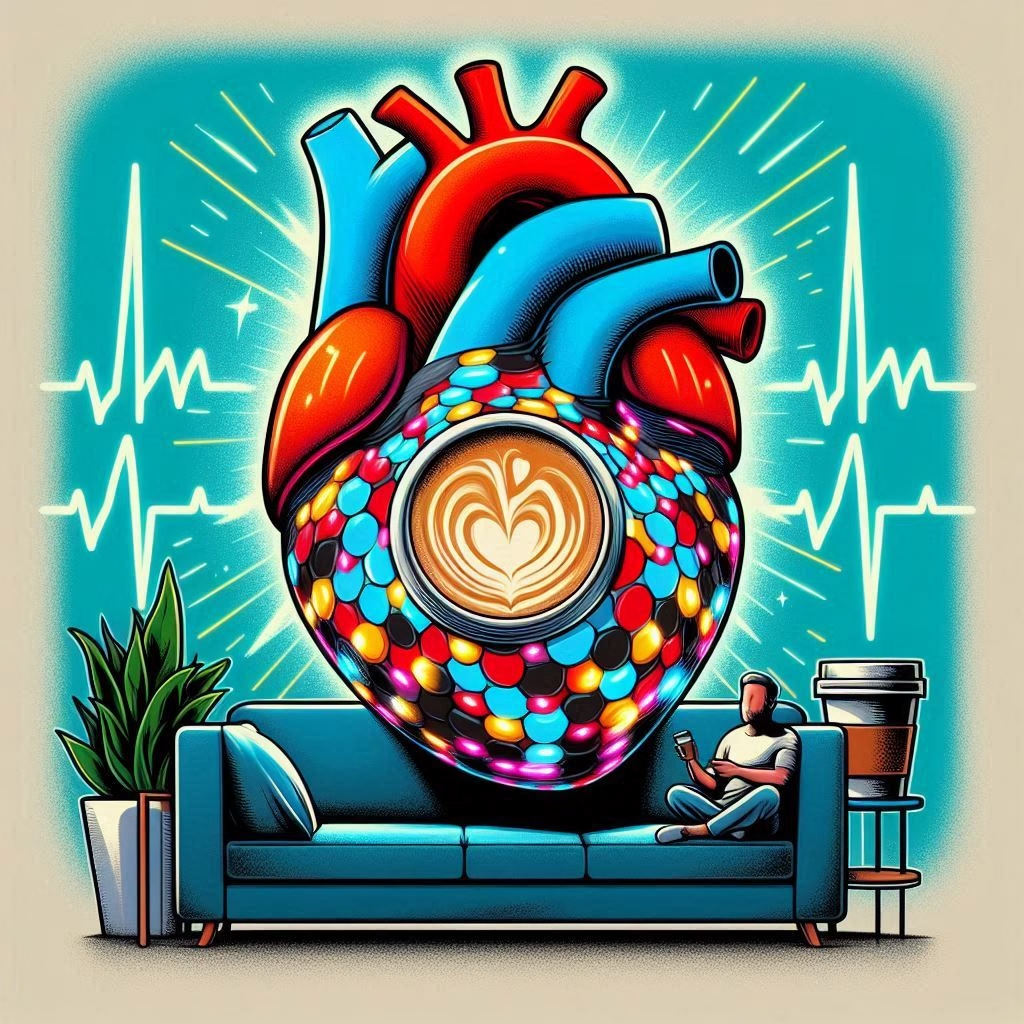Step Counting: The Basics and Why It Works

You know what? Most of us have heard the magic number: 10,000 steps. That’s the golden target for daily movement, the benchmark that fitness trackers, doctors, and well-meaning friends keep talking about.
And honestly, it’s not just hype. Counting steps is a simple, accessible way to get moving—no gym membership, no fancy equipment, just your own two feet and maybe a smartphone or a Fitbit.
Walking more has real benefits. It’s been shown to cut the risk of cardiovascular disease, help with weight management, boost mental health, and even build muscle strength and endurance.
For a lot of people, especially those who struggle to fit in a workout, step counting is a game-changer. It gives you a concrete goal, something tangible to aim for, and that little nudge to take the stairs or park a bit further away.
But here’s the thing—while 10,000 steps is a great round number, it’s not a one-size-fits-all solution. Older adults or people with certain health conditions might find a lower step count more realistic and still reap plenty of rewards.
The key is consistency: whether you’re hitting 5,000, 8,000, or 12,000 steps, what matters is making movement a habit.
The Limits of Step Counting: What’s Missing?

Let’s be real—counting steps is a solid start, but it’s not the whole picture. Think about it: walking 10,000 steps on a flat treadmill is a lot different from climbing hills or power-walking through the park. The effort, the intensity, the way your body responds—those details get lost in the step count alone.
You could walk a lot and not break a sweat, or you could walk less but push yourself harder and get a better workout. Step counting doesn’t tell you how hard your heart is working, how efficient your body is at moving, or whether you’re actually improving your fitness in a meaningful way.
That’s where things get interesting. Recent research is pointing to a smarter way to track health and fitness—one that combines steps with heart rate data.
Because, honestly, if your heart rate barely budges while you’re walking, are you really challenging your cardiovascular system? Probably not.
Heart Rate and Steps: The Dynamic Duo

Here’s the thing: your heart rate is like your body’s dashboard. It tells you how hard your engine is working, how efficiently you’re burning fuel, and whether you’re pushing yourself enough to make a difference. When you pair heart rate with step count, you get a much clearer picture of your activity—and your health.
Take, for example, two people who both walk 7,000 steps a day. One strolls leisurely, barely raising their heart rate. The other walks briskly, up hills, with their heart pounding. Who’s getting more benefit? You guessed it—the second person. Step count alone won’t show that difference, but heart rate will.
That’s why researchers are now looking at new metrics that combine steps and heart rate. One of the most talked-about is the Daily Heart Rate Per Step (DHRPS). It’s a simple ratio: divide your average daily heart rate by your average daily step count.
The higher the number, the harder your heart is working for each step you take—and, surprisingly, that’s not always a good thing.
DHRPS: The New Metric on the Block

You know what’s wild? According to new studies, people with higher DHRPS scores—meaning their hearts are working harder for each step—are more likely to have health problems like high blood pressure, type 2 diabetes, heart failure, and even stroke.
In fact, the risk for these conditions was at least 56% higher in people with high DHRPS scores compared to those with low scores.
Why is that? Well, if your heart has to beat faster to get you through your daily steps, it might mean your cardiovascular system isn’t as efficient as it could be. Maybe you’re out of shape, or maybe there’s something else going on.
On the other hand, a low DHRPS score—meaning your heart rate stays relatively low even as you rack up steps—suggests your heart is in good shape, efficiently pumping blood without breaking a sweat.
This metric isn’t perfect, of course. It doesn’t account for things like carrying heavy bags, walking on an incline, or doing other types of exercise. And it relies on wearable tech, which isn’t always 100% accurate.
But it’s a step up (pun intended) from just counting steps, and it gives you a much richer view of your health.
How to Use This Info in Real Life

So, what does this mean for you, the person just trying to stay healthy? First, keep counting your steps—it’s a great habit. But if you really want to level up, start paying attention to your heart rate, too.
Most smartwatches and fitness trackers—like Apple Watch, Garmin, and Fitbit—can track both.
Here’s a quick checklist to get started:
- Track your steps and heart rate: Use a device you trust, and wear it consistently.
- Look for patterns: Notice how your heart rate changes with different activities. Does it spike when you walk briskly? Does it stay steady during a leisurely stroll?
- Set realistic goals: If you’re just starting out, don’t obsess over hitting 10,000 steps right away. Build up gradually, and pay attention to how your body feels.
- Mix it up: Try adding some hills, stairs, or faster-paced walks to your routine. You’ll get more benefit from the same number of steps.
- Check your DHRPS: If your device lets you, calculate your DHRPS over time. See if it changes as you get fitter.
Beyond the Numbers: The Human Side of Health Tracking

Let’s not forget: health isn’t just about numbers. It’s about how you feel, how you sleep, how you handle stress, and how you connect with others.
Tracking steps and heart rate is a tool, not a goal in itself. It’s there to help you make better choices, not to turn you into a robot obsessed with metrics.
Sometimes, the best thing you can do is put down the tracker and just enjoy a walk—listen to the birds, feel the sun on your face, or chat with a friend. Those moments matter, too.
The Future of Fitness Tracking: Where Do We Go From Here?

You know what? The future is already here. Wearable tech is getting smarter, and new metrics like DHRPS are just the beginning.
Researchers are looking at how to combine all sorts of data—steps, heart rate, sleep, even blood oxygen levels—to give us a fuller picture of our health.
Imagine a world where your watch not only tells you to move more, but also warns you if your heart is working too hard, or if you’re at risk for certain health problems. That’s not science fiction—it’s happening right now.
But here’s the catch: no metric, no matter how clever, can replace good old-fashioned common sense and medical advice. If you’re worried about your health, talk to your doctor. Use your tracker to inform your choices, not dictate them.
Wrapping It Up: Steps, Heart Rate, and You

Counting steps is good. Combining steps and heart rate is better. It gives you a clearer, more nuanced view of your health and fitness, and helps you make smarter choices about how to move and how to live.
So, keep walking. Keep tracking. And most importantly, keep listening to your body. After all, the best health metric is the one that helps you feel your best—day in, day out.







